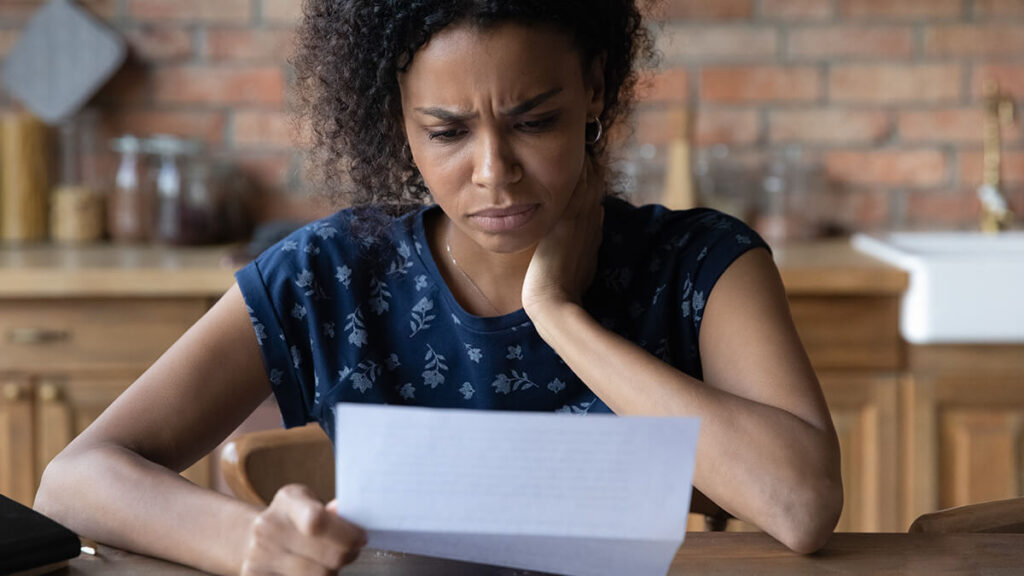When you offer credit to customers, you may need to write off unpaid receivables as bad debts. However, you could end up collecting debts you write off in your accounting books. If this happens, record the money as a bad debt recovery.
What is bad debt recovery?
Bad debt recovery, or bad debt collection, is money your business receives after writing it off as uncollectible. During the bad debt collection process, you might collect part or all of your debt. Once you recover bad debt, record the income, update your accounting books, and report the recovery to the IRS (if applicable).
Although bad debt recovery can help you gain back an uncollected debt, it can be time-consuming. In some cases, you might decide that the effort isn’t worth it. But if you intend to recover a bad debt, you must prepare.
Bad debt recovery process
The recovery process starts with collection attempts. If you recover bad debt, you must update your books, statements, and tax returns.
Recovering a bad debt can be a drawn-out process. Read on to learn your responsibilities during the bad debt recovery process.
Want to impress your friends at a dinner party?
Get the latest accounting news delivered straight to your inbox.
Look at your debt collection options
So, how do businesses recover bad debts?
After throwing in the towel on collecting a customer’s debt, you may consider involving outside help. To retrieve lost debts, you can reach out to a collection agency or small business lawyer.
A collection agency or lawyer might be able to get a customer to pay you. But, the payment might come after you’ve written off the money as a bad debt. And, you must pay the collector a portion of the customer’s payment.
Update your accounting books
When a debt becomes bad, you write off bad debt in your accounting books. Bad debt recovery means you need to create new journal entries in your books. Your books must reflect the recovered amount.
How you create a bad debt recovery journal entry depends on your original bad debt journal entry. You can either use the allowance method or direct write-off method.
1. Allowance method
Although there are two ways to write off bad debt, many business owners choose the allowance for doubtful accounts method. When you create an allowance for doubtful accounts, you expect that some customers’ debts will go bad.
If a customer doesn’t pay, debit your Allowance for Doubtful Accounts account and credit your Accounts Receivable account.
| Date | Account | Notes | Debit | Credit |
|---|---|---|---|---|
| X/XX/XXXX | ||||
| Allowance for Doubtful Accounts | Lack of customer payment | X | ||
| Accounts Receivable | X |
You don’t need to create a bad debts recovered account to record bad debt recovery. Instead, reverse your journal entry. Debit your Accounts Receivable account and credit your Allowance for Doubtful Accounts account.
| Date | Account | Notes | Debit | Credit |
|---|---|---|---|---|
| X/XX/XXXX | ||||
| Accounts Receivable | Bad debt recovery | X | ||
| Allowance for Doubtful Accounts | X |
After reversing your bad debt journal entry, you also need to record the income. You can debit your Cash account and credit your Accounts Receivable account.
| Date | Account | Notes | Debit | Credit |
|---|---|---|---|---|
| X/XX/XXXX | ||||
| Cash | Bad debt recovery income | X | ||
| Accounts Receivable | X |
2. Direct write-off method
Business owners who use the direct write-off method deal with two accounts: Accounts Receivable and Bad Debts Expense.
To record the bad debt entry in your books, debit your Bad Debts Expense account and credit your Accounts Receivable account.
| Date | Account | Notes | Debit | Credit |
|---|---|---|---|---|
| X/XX/XXXX | ||||
| Bad Debts Expense | Lack of customer payment | X | ||
| Accounts Receivable | X |
To record the bad debt recovery transaction, debit your Accounts Receivable account and credit your Bad Debts Expense account.
| Date | Account | Notes | Debit | Credit |
|---|---|---|---|---|
| X/XX/XXXX | ||||
| Accounts Receivable | Bad debt recovery | X | ||
| Bad Debts Expense | X |
Next, record the bad debt recovery transaction as income. Debit your Cash account and credit your Accounts Receivable account.
| Date | Account | Notes | Debit | Credit |
|---|---|---|---|---|
| X/XX/XXXX | ||||
| Cash | Bad debt recovery income | X | ||
| Accounts Receivable | X |
Examine your financial statements
During the bad debt recovery process, you may need to adjust your financial statements.
When you have bad debt, your business balance sheet reflects the loss. Update your balance sheet when you recover bad debt. And, increase your business’s assets on your balance sheet.
Your income statement displays your business’s income and expenses. Use your updated accounting books to change your business’s expenses and net profit.
Make tax return adjustments (if necessary)
Did you claim a bad debt loss on your business tax return? If so, you may need to report your bad debt recovery to the IRS.
Report your bad debt recovery if your original bad debt claim lowered your tax liability. Include the bad debt recovery funds in your business’s annual gross income.
When you recover a bad debt, you need to record the transaction. Easily update your books with Patriot’s online accounting software. Record payments, track your expenses and income, and more. Get your free trial today!
This article has been updated from its original publication date of February 12, 2019.
This is not intended as legal advice; for more information, please click here.
